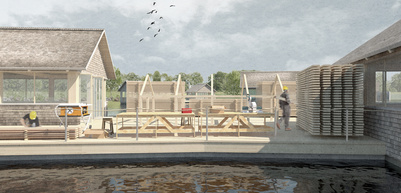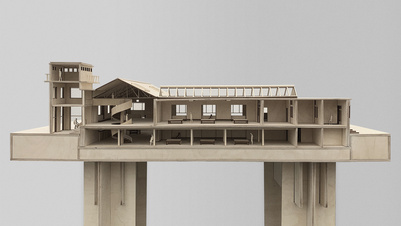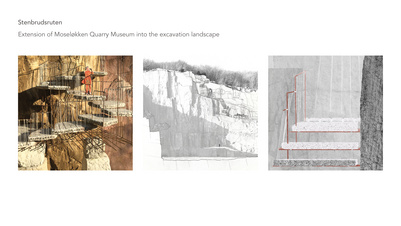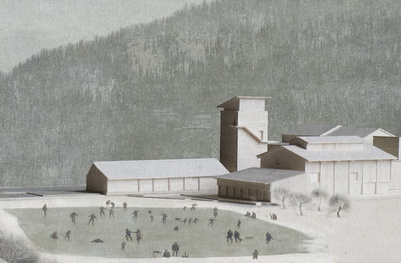Adaptive transformation of Hejredalskollegiet
Name
Maria Køldal Færge
Education degree
Master
Subject area
Architecture
Study programme
Spatial Design - Architecture, Design and Interiors
Institute
Architecture and Design
Year
2021
The danish ghetto law affects our society both socially and environmentally. Gellerup in Aarhus is on the list of the hardest ghetto areas in Denmark and as a consequence several of the buildings are being demolished. Therefore, this project aims to demonstrate the possibility of transforming the existing buildings by recycling the existing materials and preserving the existing social structure.

Photographs of the current condition : The dormitory has been vacant since Aarhus Municipality gained ownership in 2014. Despite
The Royal Danish Academy supports the Sustainable Development Goals
Since 2017 the Royal Danish Academy has worked with the Sustainable Development Goals. This is reflected in our research, our teaching and in our students’ projects. This project relates to the following UN goal(-s):
Sustainable cities and communities (11)
Responsible consumption and production (12)
CV
CV Title
Telefon
+45 30292793
Email
Education & Relevant Courses
2016
2019
Bachelor of Architecture, The Royal Danish Academy, Helhed og Del
Focus on relationship between architecture, design and people.
2019
2021
Master of Architecture, The Royal Danish Academy, Spatial Design
Focus on the architecture with interior as a point of departure, working with the human scale, with anthropology, history and tectonics as key guiding principles.
2014
2020
Interior Design, The school of Interior Design Copenhagen, E-learning
Focus on interior and materiality in private homes.













































